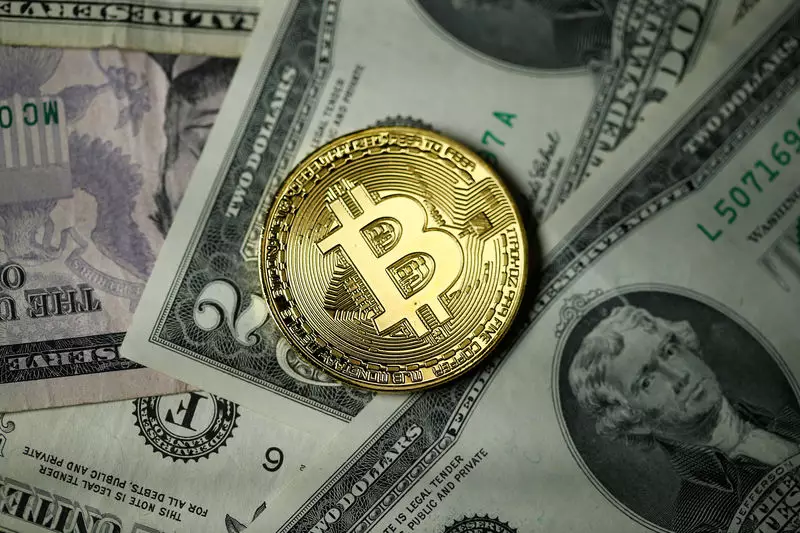In the ever-evolving world of cryptocurrency, Bitcoin remains a focal point for both traders and investors. Recently, notable trader Peter Brandt posed a significant inquiry regarding Bitcoin’s potential trajectory. His thoughts, shared on social media, allude to the possibility of a market shakeout that may precede a substantial upward movement in Bitcoin’s price. This raises an essential question: could Bitcoin endure another decline or an extended phase of sideways movement before embarking on a rally?
Brandt’s comment emphasizes the psychology of retail traders—the backbone of the market. He suggests that when retail investors lose their patience, it often signals a turning point for the market. This phenomenon is key in determining whether Bitcoin’s price will experience another “dump,” or whether it will remain in a “congestive chop,” a term Brandt uses to describe a frustratingly stagnant trading phase where prices oscillate without clear direction.
Recent data paints a vivid picture of Bitcoin’s volatility. From a high of approximately $102,735 at the start of the week, momentum shifted dramatically as the price fell to a low of $91,187 just two days later. Such fluctuations have not only affected Bitcoin but also left a mark on the broader altcoin market, which saw even steeper declines in value. The rebound to around $95,862 signals a momentary recovery, yet it raises further questions about stability amidst ongoing uncertainty.
Currently, Bitcoin is engaging in a narrow trading range between $93,670 and $94,983, highlighting a consolidation phase that traders often utilize to speculate on future movements. The low volatility in recent days might suggest a collective holding pattern among traders, revealing a prevalent caution that overrides the previously intense bullish sentiment.
While the enthusiasm around Bitcoin’s potential recovery is palpable, experts like Willy Woo urge a more tempered perspective. Woo’s recent analysis warns that the risks associated with the crypto market are peaking for the first time this cycle, cautioning traders to prepare for imminent profit-taking that could further impact Bitcoin’s price. He advocates for a careful evaluation of market conditions, suggesting that the overwhelming positive sentiment may be misleading.
The reality is that Bitcoin’s price fluctuations are intricately tied to trader sentiment, especially that of retail participants. As Brandt stated, the market’s decline typically only manifests when retail traders become weary. Therefore, as traders gear up for potential outcomes, the importance of market sentiment cannot be underestimated.
The current landscape for Bitcoin presents a tapestry of opportunity and caution. With whispers of a potential shakeout and the emergence of a pivotal question regarding retail trader behavior, the next steps in Bitcoin’s journey will be critical. As traders and investors, the emphasis should lie on preparedness—recognizing that every bounce back may come with its own challenges. Thus, keeping a watchful eye on market dynamics will be essential, as the landscape continues to shift in the volatile world of cryptocurrency.

